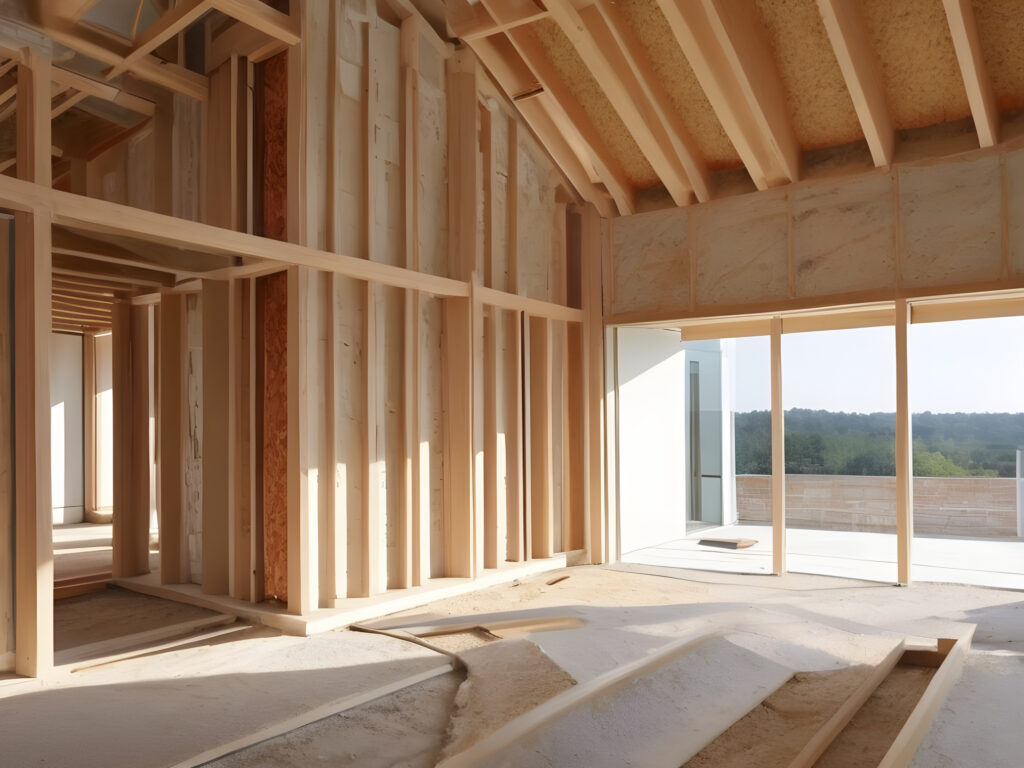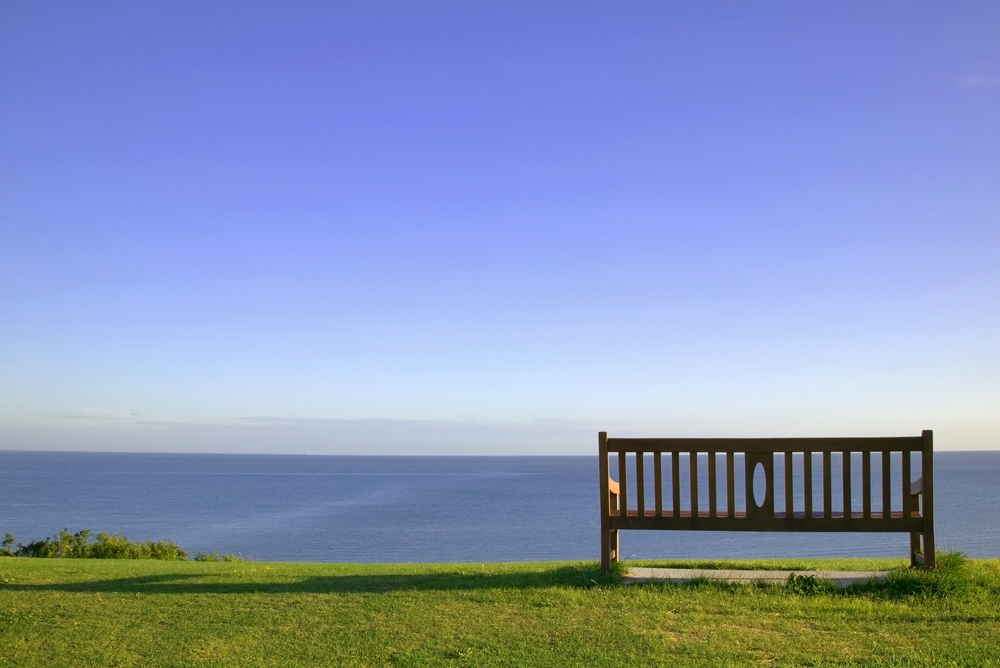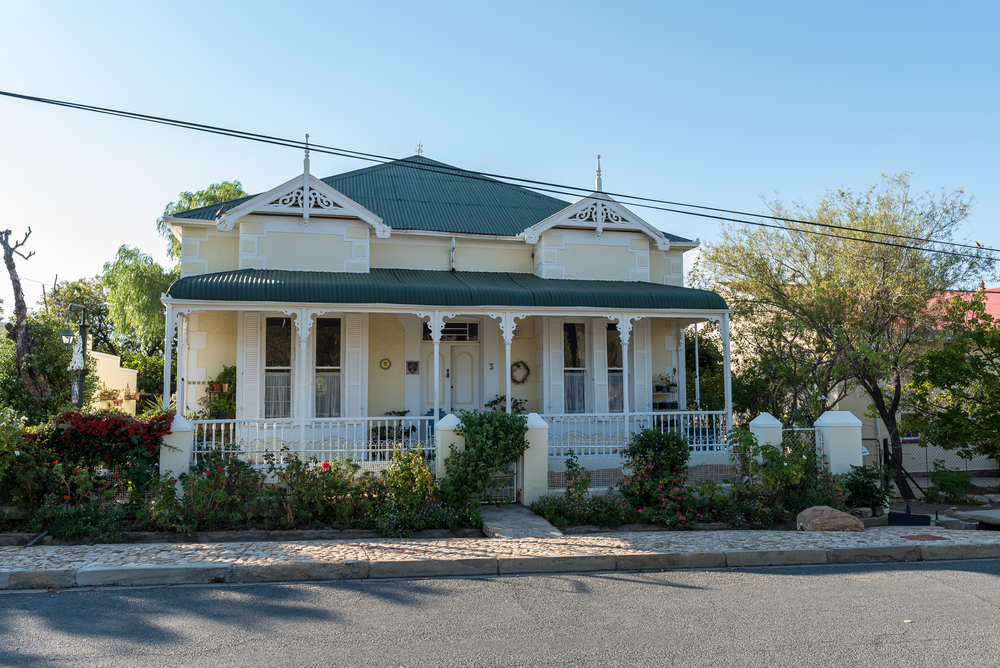As more people become aware of the environmental impact of construction, eco-friendly home design has surged in popularity. At Maxa Design, we pride ourselves on being at the forefront of sustainable architecture, helping our clients create beautiful, sustainable homes that are as kind to the planet as they are to the eye. However, like all innovations, eco-friendly building materials come with their own set of advantages and challenges. Understanding these pros and cons can help you make informed decisions for your next building project.
The Pros of Eco-Friendly Building Materials
1. Environmental Impact
The most significant benefit of eco-friendly building materials is their minimal impact on the environment. These materials are often sourced sustainably and are designed to reduce waste, lower carbon emissions, and minimise the overall ecological footprint of the building process. Using sustainable home materials means contributing to a healthier planet, and preserving resources for future generations.
2. Energy Efficiency
Eco-friendly materials often excel in energy efficiency. Products like insulated concrete forms, bamboo, and reclaimed wood offer superior insulation, reducing the need for excessive heating and cooling. This not only lowers utility bills but also reduces the strain on natural resources, aligning perfectly with sustainable architecture principles.
3. Health Benefits
Traditional building materials can sometimes release harmful chemicals and toxins into the indoor environment. Eco-friendly options, such as low-VOC paints and natural fibres, promote better indoor air quality. This creates a healthier living space for you and your family, ensuring that your home is a safe and comfortable sanctuary.
4. Longevity and Durability
Many eco-friendly building materials are incredibly durable and require less maintenance over time. For instance, recycled metal and reclaimed wood not only add a unique aesthetic appeal but also stand the test of time. This longevity reduces the need for frequent repairs and replacements, saving money and resources in the long run.
The Cons of Eco-Friendly Building Materials
1. Higher Initial Costs
One of the most common concerns with eco-friendly building materials is their higher upfront cost. Sustainable materials can be more expensive due to their sourcing and manufacturing processes. However, it’s essential to consider the long-term savings in energy costs and maintenance, which often offset the initial investment.
2. Limited Availability
Not all eco-friendly materials are readily available, depending on your location. This can lead to increased shipping costs and longer project timelines. At Maxa Design, we strive to source materials locally whenever possible to mitigate this issue and support regional economies.
3. Learning Curve
For builders and homeowners new to sustainable architecture, there can be a learning curve. Understanding the properties and best uses of various eco-friendly materials requires time and research. However, partnering with experienced professionals like Maxa Design ensures that your project is handled with expertise and precision.
Sustaining Beauty
Choosing the right materials for your eco-friendly home design is crucial for achieving your sustainability goals. At Maxa Design, we are dedicated to guiding you through every step of the process, ensuring that your sustainable homes project not only meets but exceeds your expectations. Our commitment to sustainable architecture means that we are constantly innovating and finding the best solutions for our clients.
Ready to transform your living space into an eco-friendly masterpiece? Contact Maxa Design today and discover how our expertise can turn your dream of a sustainable home into a reality. Together, we can build a future that is both beautiful and sustainable.






